10 Classic French Dishes Every Traveler Should Know
French cuisine carries centuries of history, and certain dishes have become landmarks in their own right. If you’re traveling through France, these ten recipes are worth understanding and tasting. Each one tells a story about its region and the way food is tied to place.
1. Boeuf Bourguignon
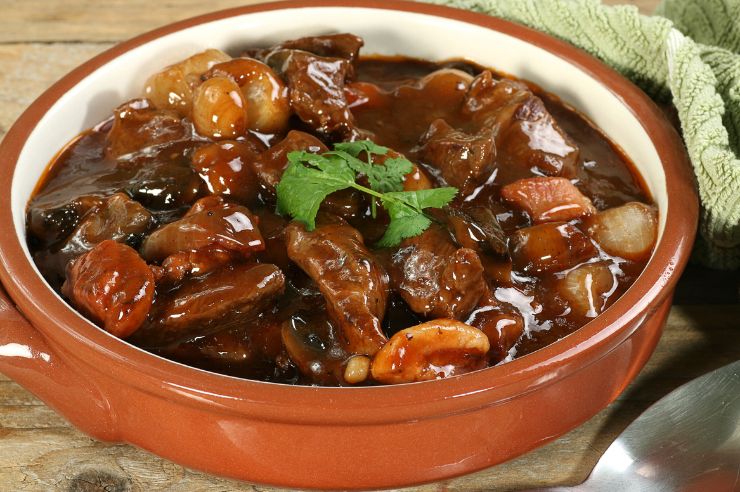
This dish comes from Burgundy, a region defined by wine. Beef is simmered slowly in red wine with carrots, onions, mushrooms, and herbs until the flavors meld together. The long cooking time transforms inexpensive cuts of beef into something luxurious.
In Burgundy itself, it’s often paired with local Pinot Noir, which deepens the sauce. Many travelers find their first taste in a Parisian bistro, but eating it in Burgundy connects you directly with its origins.
2. Coq au Vin
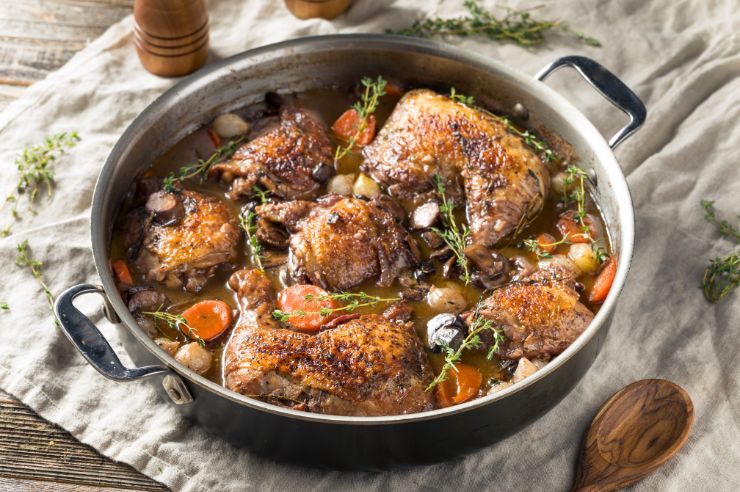
Originally a way to tenderize old roosters, coq au vin has become one of the pillars of French cooking. Chicken is braised in wine – traditionally red from Burgundy – along with lardons, mushrooms, and pearl onions.
Variations appear across France. In Alsace, cooks swap in Riesling, giving the dish a lighter, aromatic character. In the Loire, they might use local red Chinon wine.
Tasting the regional versions is part of the experience, and it shows how flexible French classics can be.
3. Duck Confit
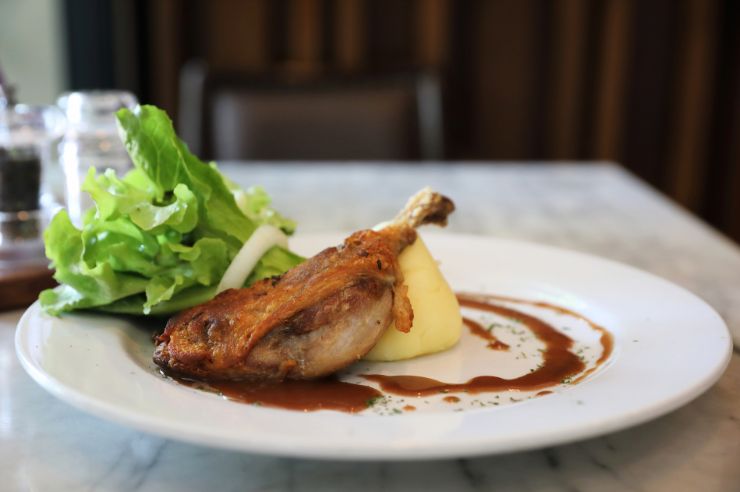
Southwestern France, especially Gascony and Dordogne, guards the tradition of duck confit. The legs are salted, slowly cooked in their own fat, and then crisped before serving.
The process preserves the meat, a technique born from necessity before refrigeration. On the plate, the result is meltingly tender meat with a crisp skin.
Locals often serve it with potatoes fried in duck fat, a pairing that captures the richness of the region’s cuisine.
4. Escargots de Bourgogne
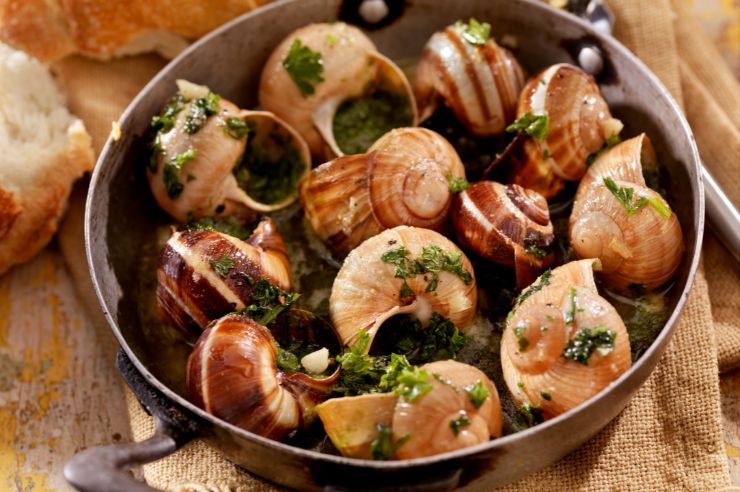
Snails with garlic and parsley butter are a French cultural icon. The practice is strongest in Burgundy, where escargots are baked in special dishes with indentations to hold each shell.
For many travelers, the ritual of eating them with tongs and a tiny fork is as memorable as the taste itself. The flavor is milder than people expect, with the butter carrying the punch of garlic and herbs.
While most French families only eat them on holidays, restaurants offer visitors a chance to join in the tradition year-round.
5. Bouillabaisse
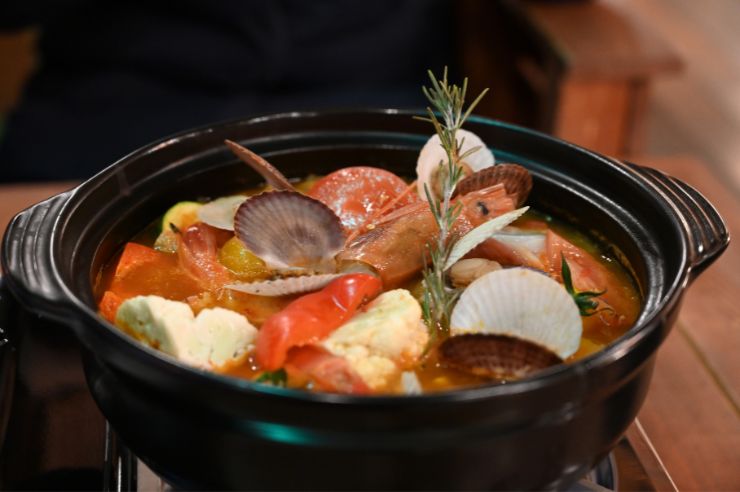
Marseille gave the world bouillabaisse, a fisherman’s stew with roots in practicality. Unsold fish went into the pot with saffron, fennel, orange peel, and herbs. Over time, it grew into a centerpiece of Provençal cuisine.
The authentic version uses several different fish, served separately from the broth. Rouille, a garlicky saffron sauce, is spread on toasted bread and eaten alongside.
Travelers who want the true taste should look for restaurants in Marseille that follow this tradition, often listing at least four varieties of fish on the menu.
6. Cassoulet
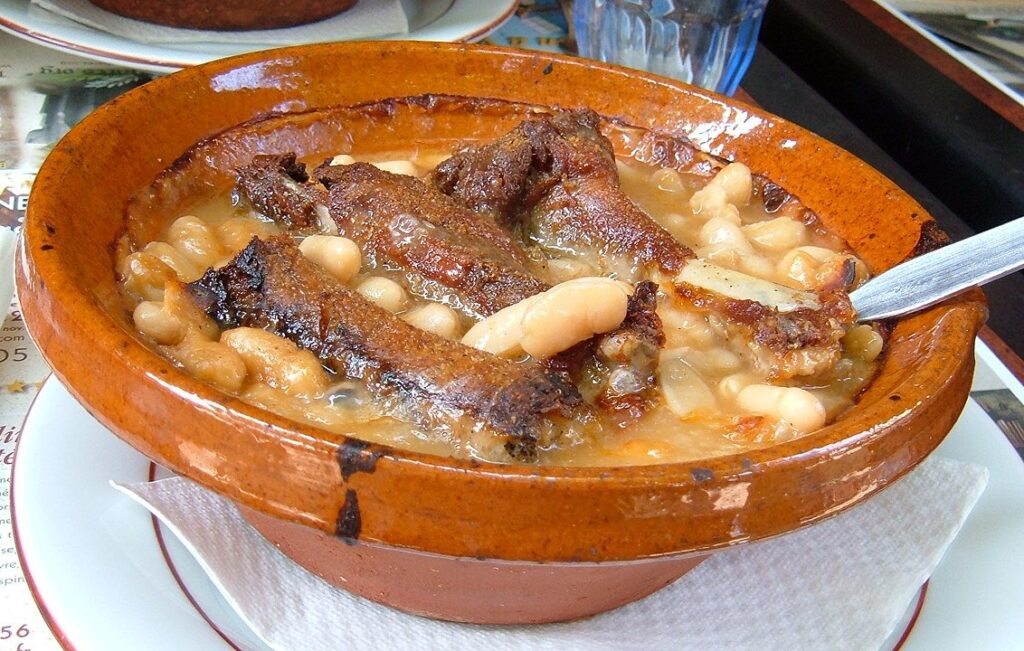
Cassoulet is tied to three towns, Castelnaudary, Carcassonne, and Toulouse, each claiming to be its birthplace.
White beans are slow-cooked with duck confit, sausages, and sometimes lamb or pork. The dish is baked in an earthenware pot until a golden crust forms on top, which locals often break and stir back into the beans several times before serving.
It’s rich, heavy, and made for cold weather. Eating cassoulet in its home region of Languedoc reveals just how important communal, slow meals are to French culinary culture.
7. Quiche Lorraine
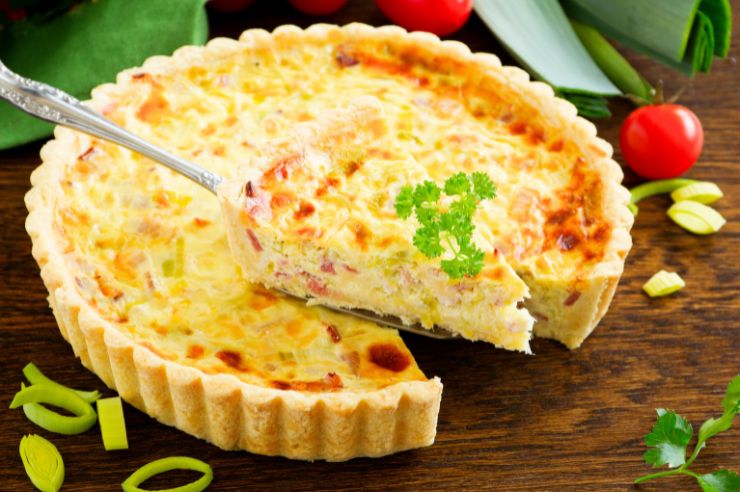
This dish began in the Lorraine region in the northeast. The classic version is a simple custard of eggs and cream with lardons baked in a pastry crust. Cheese, now common, was not part of the original recipe.
Quiche Lorraine is served hot or cold, making it both a rustic farmhouse meal and an elegant starter.
Today it’s eaten throughout France, but tasting it in Lorraine adds additional authenticity.
8. Steak Frites
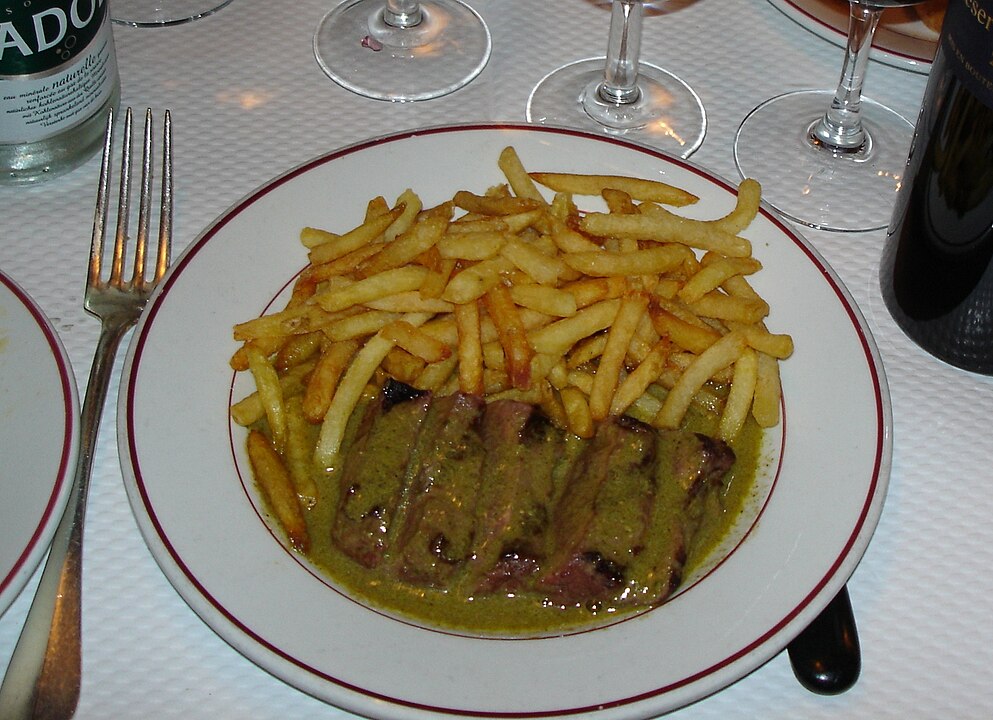
At first glance, steak frites looks straightforward: grilled steak and fries. But in a Paris brasserie, it becomes a benchmark of quality.
The cut of beef matters – entrecôte or onglet are common choices – and sauces like béarnaise or pepper add refinement. The fries, thin and crisp, are never an afterthought.
Travelers will see it on menus everywhere, from family-run cafés to celebrated brasseries.
9. Soupe à l’Oignon Gratinée
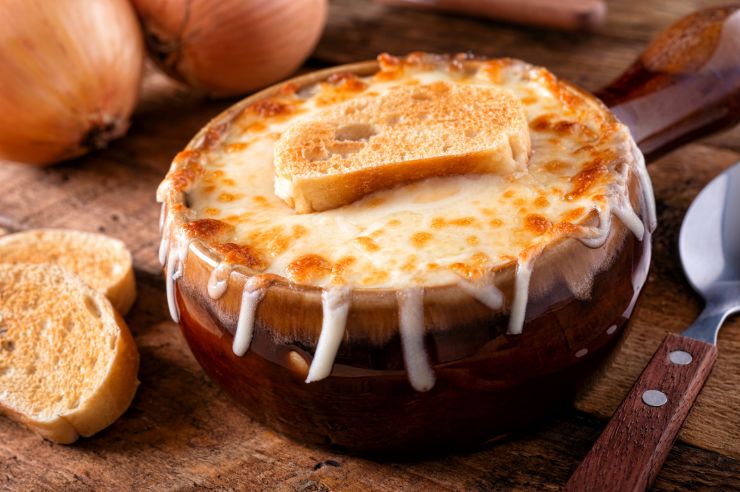
Often called French onion soup abroad, this dish has deep Parisian roots. Onions are caramelized slowly, then simmered in beef broth, topped with bread and melted cheese, and baked until bubbling.
Traditionally eaten as a restorative meal after long nights, it remains one of the city’s most comforting dishes. Travelers visiting in winter find it especially satisfying. The gratinéed crust of cheese and bread is what makes it memorable both visually and in taste.
10. Tarte Tatin
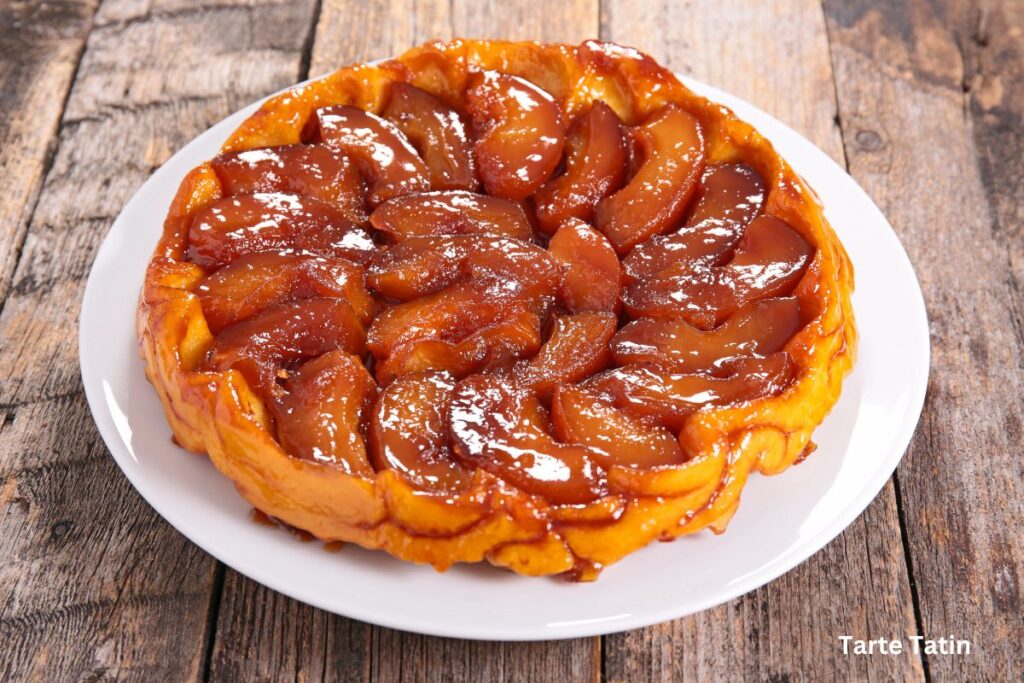
This caramelized upside-down apple tart comes from the Loire Valley.
According to the story, the Tatin sisters at their hotel in Lamotte-Beuvron accidentally overcooked apples, covered them with pastry, and baked the whole dish to save it. The result became one of France’s most famous desserts.
The apples are soft and deeply flavored, the caramel slightly bitter, and the pastry buttery. Today, you’ll see it across the country, but Loire Valley patisseries still treat it as a local specialty.
